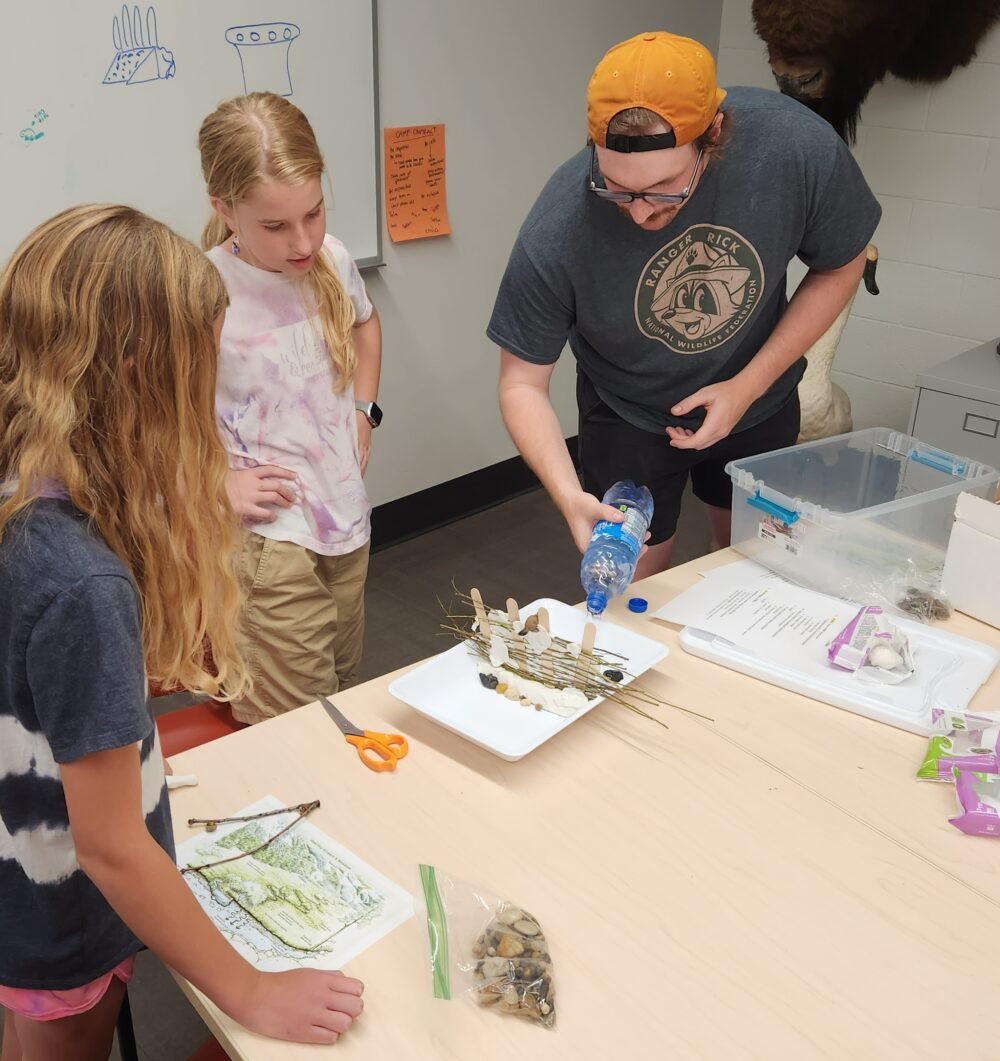We have much more to do and your continued support is needed now more than ever.
Befriend A Tree
 Many trees enjoy their showiest season in the fall, but you don’t have to travel far for a spectacular view. You and your kids might choose one tree in your backyard or neighborhood to visit regularly for a season or year. You might touch it, smell it, race round or sit quietly under it. In this way, you can get to know one tree well. You can note its changes over time–and those in your children and yourself.
Many trees enjoy their showiest season in the fall, but you don’t have to travel far for a spectacular view. You and your kids might choose one tree in your backyard or neighborhood to visit regularly for a season or year. You might touch it, smell it, race round or sit quietly under it. In this way, you can get to know one tree well. You can note its changes over time–and those in your children and yourself.
Over the past three years, my daughter has befriended an old ash tree in the dog park where we walk our elderly pooch. The neighborhood kids call it the “Finders’ Tree” because items (keys, sunglasses, tennis balls, dog toys) discovered in the park can be tucked into its hollows for their owners. I’ve watched my daughter go from playing under the tree, to climbing it, to perching on a wide branch with a sketchbook. In the winter, I admire the tree’s gnarled beauty and look for its first green leaves in spring.
A Tree Is Nice (HarperCollins, 1956, ages 4 to 8 ) celebrates our woody neighbors in all their variety. In poetic language, author Janice May Udry invites youngsters to be fully aware of the green life around them. Trees “fill up the sky,” she writes. “The leaves whisper in the breeze.”
Marc Simont’s Caldecott-winning illustrations show youngsters and animals enjoying the shade, fruit and meditative sanctuary of trees. But this relationship cuts both ways. The children give back, planting and tending and inspiring by example. The book ends: “Every day for years and YEARS/ you watch the little tree grow./ You say to people, ‘I planted that tree.'” Though published 52 years ago, the book’s message of appreciation and wonder remains evergreen.
 Mary Quattlebaum is the author of 15 award-winning children’s books, including Jackson Jones and the Puddle of Thorns (Random House) and two chapter-book sequels, all set in a city community garden. Check www.maryquattlebaum.com for activities connected with Mary’s books.
Mary Quattlebaum is the author of 15 award-winning children’s books, including Jackson Jones and the Puddle of Thorns (Random House) and two chapter-book sequels, all set in a city community garden. Check www.maryquattlebaum.com for activities connected with Mary’s books.





















